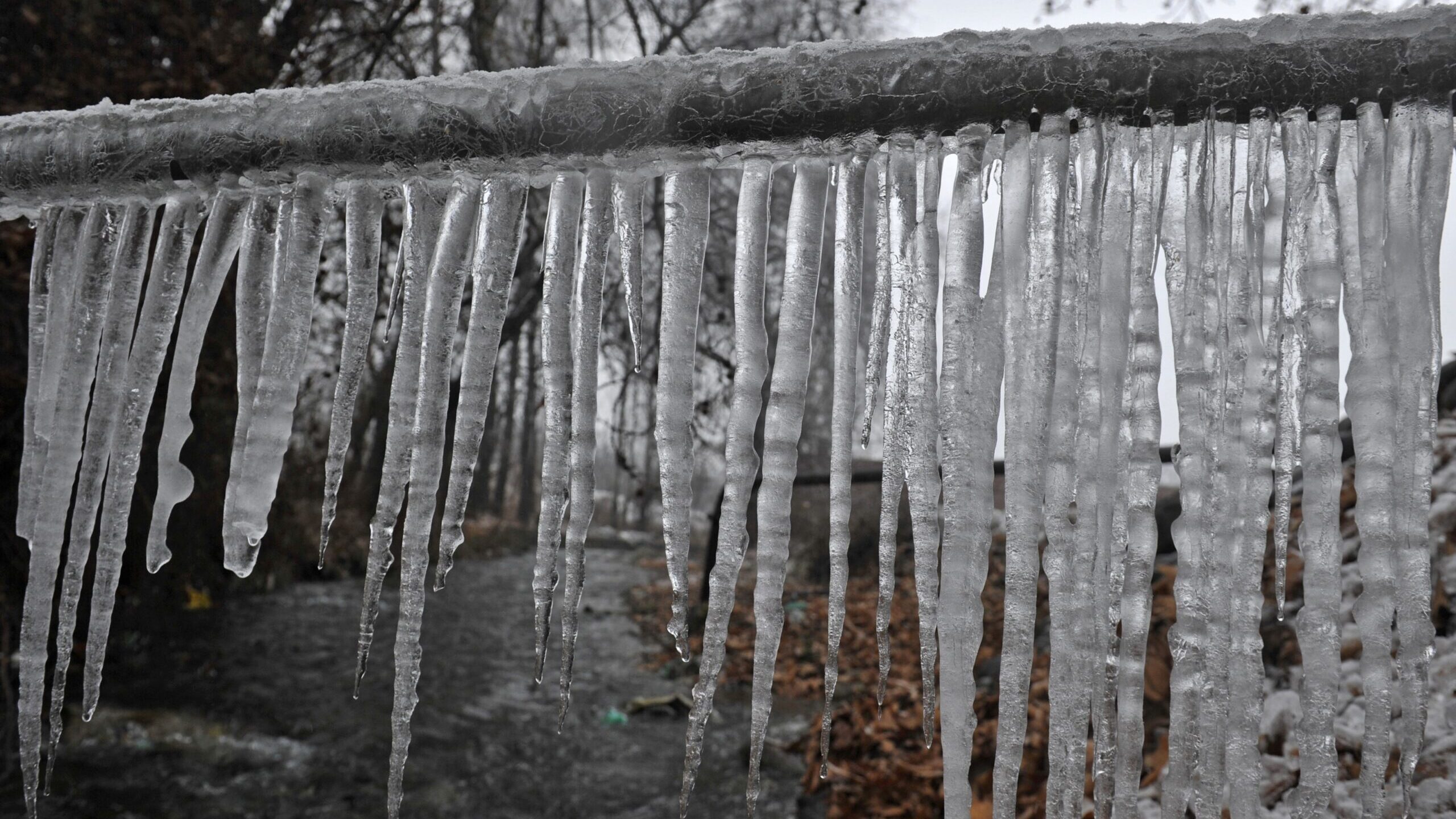Crucial Advice for Preventing Frozen Plumbing in Cold Weather Seasons
Crucial Advice for Preventing Frozen Plumbing in Cold Weather Seasons
Blog Article
Just how do you really feel about How to Prevent Your Pipes From Freezing?

Winter can wreak havoc on your pipes, particularly by freezing pipes. Below's how to avoid it from occurring and what to do if it does.
Introduction
As temperatures decline, the danger of frozen pipes increases, potentially leading to costly fixings and water damage. Understanding exactly how to avoid icy pipes is important for property owners in chilly climates.
Comprehending Frozen Pipes
What causes pipelines to ice up?
Pipes freeze when exposed to temperature levels below 32 ° F (0 ° C) for expanded periods. As water inside the pipes freezes, it increases, taxing the pipeline walls and possibly causing them to rupture.
Threats and problems
Frozen pipes can bring about supply of water disturbances, home damages, and costly repairs. Burst pipes can flood homes and cause comprehensive architectural damage.
Indications of Frozen Water Lines
Determining frozen pipes early can prevent them from bursting.
Just how to determine frozen pipes
Look for decreased water circulation from faucets, uncommon odors or sounds from pipes, and visible frost on subjected pipelines.
Avoidance Tips
Insulating susceptible pipes
Wrap pipes in insulation sleeves or use warmth tape to safeguard them from freezing temperature levels. Concentrate on pipes in unheated or outside areas of the home.
Heating techniques
Maintain indoor rooms sufficiently heated up, especially areas with pipes. Open cabinet doors to permit cozy air to distribute around pipelines under sinks.
Securing Outdoor Plumbing
Yard hose pipes and exterior faucets
Separate and drain yard tubes before wintertime. Mount frost-proof faucets or cover outdoor faucets with insulated caps.
What to Do If Your Pipes Freeze
Immediate actions to take
If you presume frozen pipes, keep taps open to ease pressure as the ice melts. Use a hairdryer or towels soaked in hot water to thaw pipelines gradually.
Long-Term Solutions
Architectural modifications
Consider rerouting pipes far from outside walls or unheated locations. Include additional insulation to attics, cellars, and crawl spaces.
Upgrading insulation
Invest in top quality insulation for pipelines, attics, and wall surfaces. Correct insulation aids preserve consistent temperature levels and decreases the risk of frozen pipelines.
Verdict
Protecting against icy pipelines calls for positive steps and quick reactions. By recognizing the causes, indicators, and safety nets, homeowners can safeguard their pipes throughout cold weather.
5 Ways to Prevent Frozen Pipes
Drain Outdoor Faucets and Disconnect Hoses
First, close the shut-off valve that controls the flow of water in the pipe to your outdoor faucet. Then, head outside to disconnect and drain your hose and open the outdoor faucet to allow the water to completely drain out of the line. Turn off the faucet when done. Finally, head back to the shut-off valve and drain the remaining water inside the pipe into a bucket or container. Additionally, if you have a home irrigation system, you should consider hiring an expert to clear the system of water each year.
Insulate Pipes
One of the best and most cost-effective methods for preventing frozen water pipes is to wrap your pipes with insulation. This is especially important for areas in your home that aren’t exposed to heat, such as an attic. We suggest using foam sleeves, which can typically be found at your local hardware store.
Keep Heat Running at 65
Your pipes are located inside your walls, and the temperature there is much colder than the rest of the house. To prevent your pipes from freezing, The Insurance Information Institute suggests that you keep your home heated to at least 65 degrees, even when traveling. You may want to invest in smart devices that can keep an eye on the temperature in your home while you’re away.
Leave Water Dripping
Moving water — even a small trickle — can prevent ice from forming inside your pipes. When freezing temps are imminent, start a drip of water from all faucets that serve exposed pipes. Leaving a few faucets running will also help relieve pressure inside the pipes and help prevent a rupture if the water inside freezes.
Open Cupboard Doors
Warm your kitchen and bathroom pipes by opening cupboards and vanities. You should also leave your interior doors ajar to help warm air circulate evenly throughout your home.

I hope you enjoyed reading our topic about How to prepare your home plumbing for winter weather. Thanks for spending some time to read through our post. I beg you take a moment to share this write-up if you enjoyed it. I praise you for your time. Kindly come by our site back soon.
Click Here! Report this page